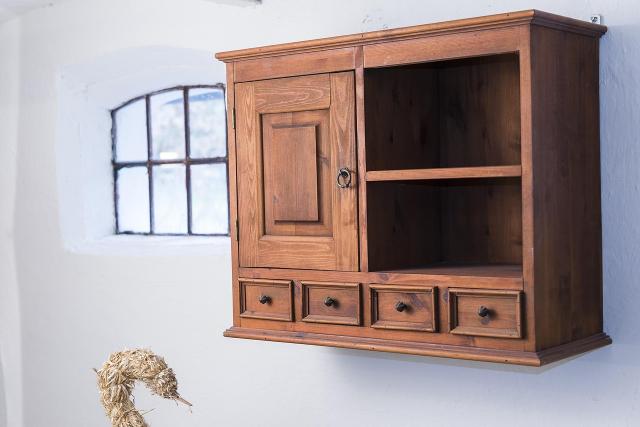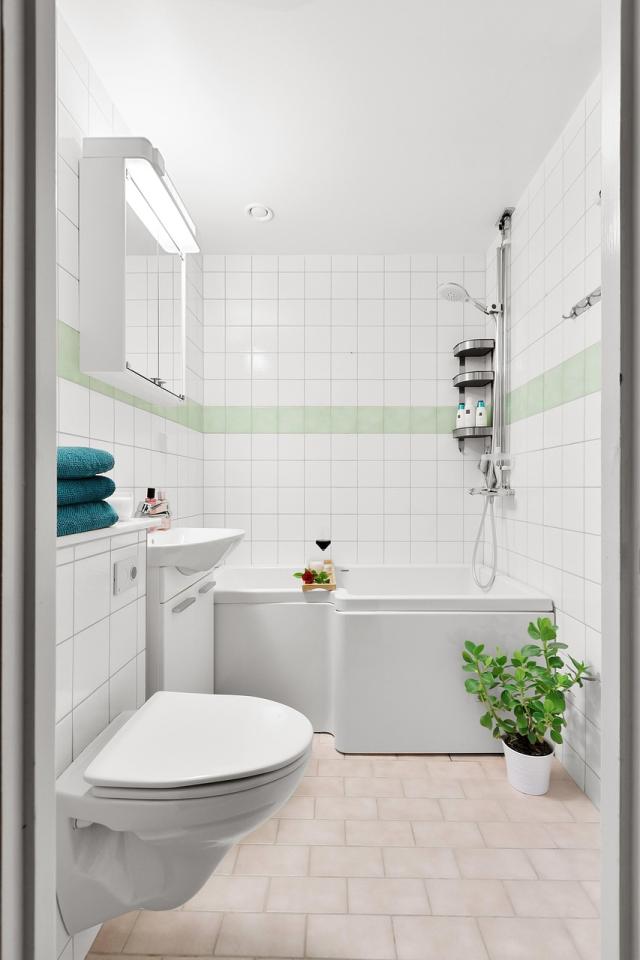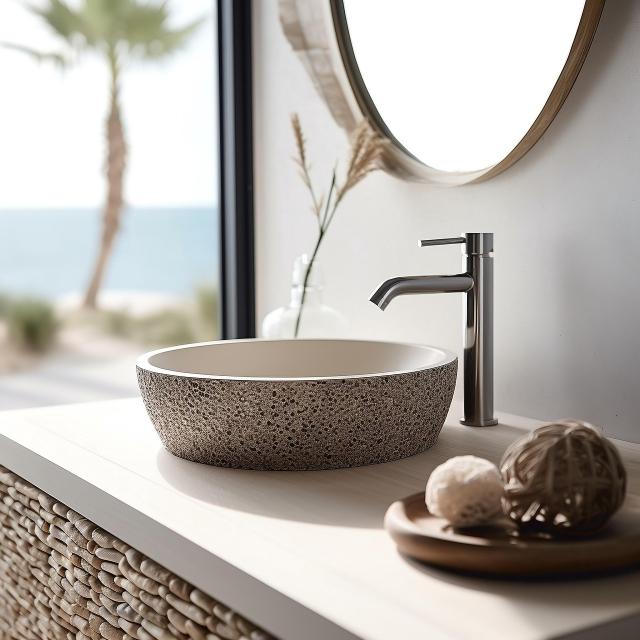
Best Materials for Bathroom Furniture in the USA: A Pract...
When choosing furniture for your bathroom, durability is just as important as design. Bathrooms a...

When renovating a bathroom, one of the most important design choices you'll make is the size of the tile. While trends and preferences vary, getting the size right can make your space feel larger, more luxurious, or more cohesive. In this guide, we’ll help you choose the best tile size for bathroom walls, floors, and even ceilings—whether you're working with a small city apartment or a spacious suburban home.
Why Tile Size Matters in the Bathroom
Bathrooms deal with high moisture, temperature changes, and limited space, which makes choosing the right tile both a functional and aesthetic decision. Tiles not only protect your walls and floors but also shape the perception of size and light within the room.
While all tiles for bathroom use should ideally have low water absorption (20% or less), the size of the tile will directly affect ease of installation, waste during cutting, and how the final look comes together.
In wet areas like bathrooms, floor tiles must be slip-resistant. That’s why matte surfaces with texture are preferred. Square tiles are a classic choice and often look more balanced visually.
For small to mid-sized homes or apartments, floor tile sizes around 12x12 inches to 14x14 inches are optimal. In larger homes, 14x14 inches to 24x24 inches (or even rectangular formats like 12x24) are common and visually appealing.
Quick Tip: Floor tiles should typically be larger than wall tiles to maintain proportion and balance in the space.
Unlike floor tiles, wall tiles don’t need a textured surface for safety, giving you more freedom in finishes. Glossy tiles are great for reflecting light and visually enlarging small bathrooms.
Popular wall tile sizes include:
8x10 inches to 12x12 inches for standard apartments.
Larger formats (like 12x24 inches) for bigger bathrooms or contemporary design.
Designers often recommend horizontally elongated tiles to widen the space visually. To add vertical height, consider vertically installed rectangular tiles with subtle linear patterns.
In certain designs—especially walk-in showers or spa-like bathrooms—tiling the ceiling is a stylish and practical choice.
Lightweight ceramic tiles in 10x10 inches to 12x12 inches, or rectangular tiles around 24x12 inches, are ideal. Be sure not to use larger tiles on the ceiling than on the floor, as it can overwhelm the space.
Tile is often categorized by its size:
Great for mosaics or shower floors.
Easier to cut and fit around obstacles.
Time-consuming to install and requires more grout.
The most versatile option.
Fits nearly any style and space.
Quicker to install and has fewer visible seams.
Best suited for large bathrooms.
Fewer grout lines = sleeker finish.
Require precise installation and advanced planning.
Pros: Easy to transport, quick to install, ideal for beginners, and visually balanced.
Cons: Requires a flat surface for best results.
Pros: Modern look, fewer seams, and efficient waterproofing.
Cons: Unsuitable for small rooms, harder to cut, and needs a flat surface.
Tile isn’t just about size—it’s about the finish and design, too. Here are top tile trends for bathrooms in the U.S. right now:
Tiles that mimic granite, quartz, or onyx offer a luxurious natural look. Thanks to improved printing techniques, these tiles closely resemble real stone and come in earthy colors like sand, terracotta, and beige.
Wood-effect tiles are ideal for those who want a warm, organic touch in the bathroom without sacrificing water resistance. Available in finishes from rustic to modern, these tiles mimic oak, maple, and reclaimed wood.
Gold, bronze, or matte silver tiles bring a bold, industrial vibe. They pair well with minimalist or loft-style interiors. Subtle patinas and textures like brushed metal or rust accents add character.
Both white and dark marble-inspired tiles are timeless. White marble adds elegance, while dark marble with gold or bronze veins creates a bold statement wall.
Textured tiles with raised patterns or optical illusions are ideal for accent walls. When combined with well-placed lighting, 3D tiles enhance depth and create a luxurious feel.
Color plays a big role in how spacious and relaxing your bathroom feels.
Neutral Shades like beige, cream, and sand are always safe.
Cool Pastels can feel soothing, while warmer tones like peach or milk white make the space feel cozy.
Avoid overly bright colors as the main palette. Use them as accents if needed.
Light Blue: Perfect for ocean or beach themes.
Green: Evokes a spa-like feel and promotes relaxation.
Lavender or Soft Purple: Works well with floral patterns.
Orange: Warm and energizing but should be used sparingly.
Avoid using more than two main tile colors in one bathroom to keep it visually calm.
Go with 12x12 inches or smaller.
Subway tiles (like 4x8 or 4x10) can add structure without shrinking the space.
Stick to light colors and keep grout lines subtle.
Tiles 24x24 inches or larger create a sleek, seamless look.
Mix sizes for zoning: large tiles for the floor, smaller for accents or niches.
Consider combining matte large tiles with small glossy tiles for variety.
Use small mosaic tiles (1x1 to 2x2 inches) on sloped floors for safety and water drainage.
If your shower has a linear drain, large tiles are an option—but always choose anti-slip surfaces.
Always buy 10–15% extra tile to account for breakage and cutting.
Match the tile size to the size of the space, but don’t be afraid to play with formats.
Use vertical tiles to raise the ceiling and horizontal ones to widen narrow spaces.
Check if your wall or floor can accommodate large format tiles—uneven surfaces require more prep.
Choosing the right tile size for your bathroom is a balance of function and aesthetics. From small mosaics to large-format porcelain slabs, the best choice depends on your space, style, and experience level. And remember: tile layout and color can transform even the smallest bathroom into a visually spacious and spa-like retreat.

Best Materials for Bathroom Furniture in the USA: A Pract...
When choosing furniture for your bathroom, durability is just as important as design. Bathrooms a...

Choosing the right floor tile color for your bathroom is more than just a style decision—it's abo...

Thanks for joining our homeowners’ community.
Stay tuned!
Choose the category
Choose the category